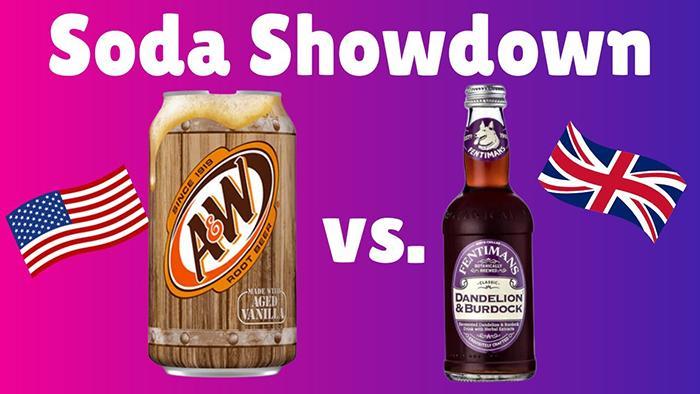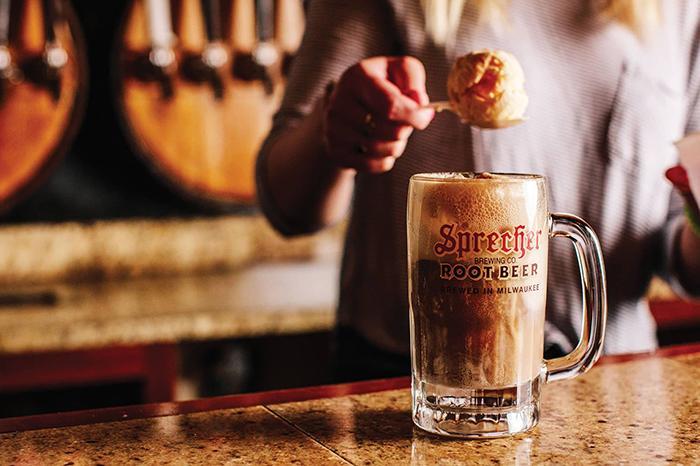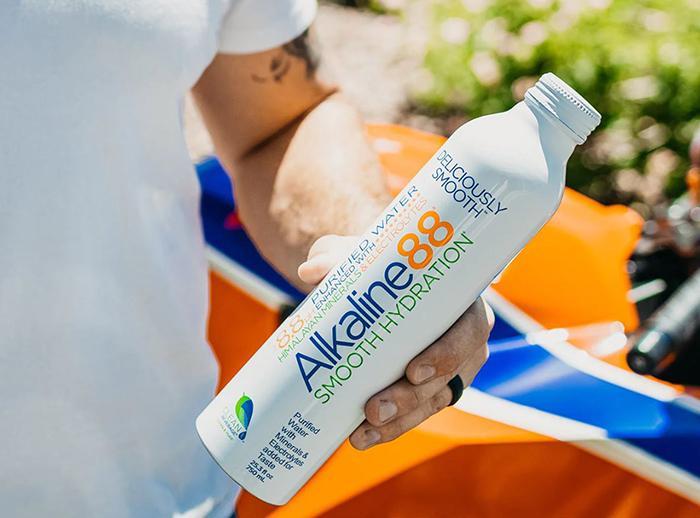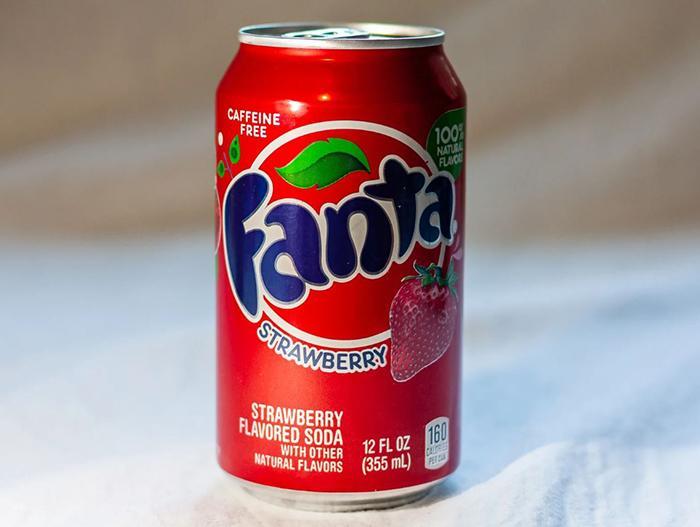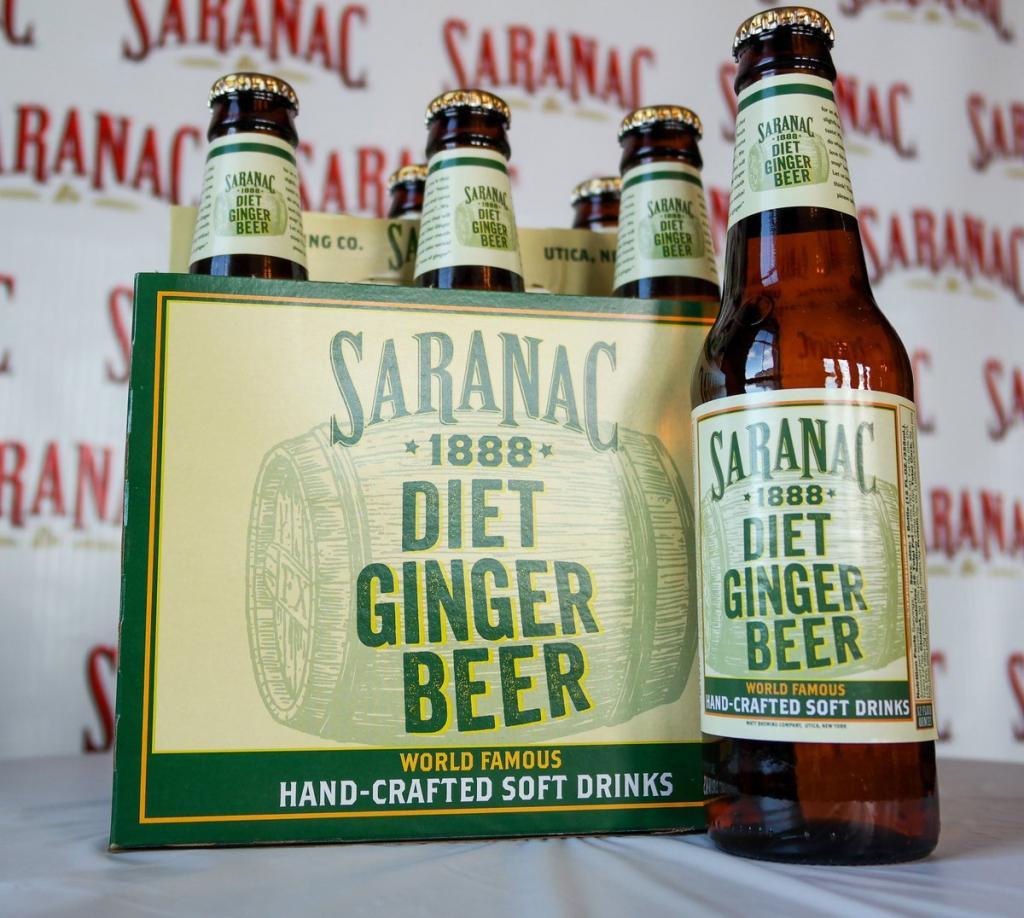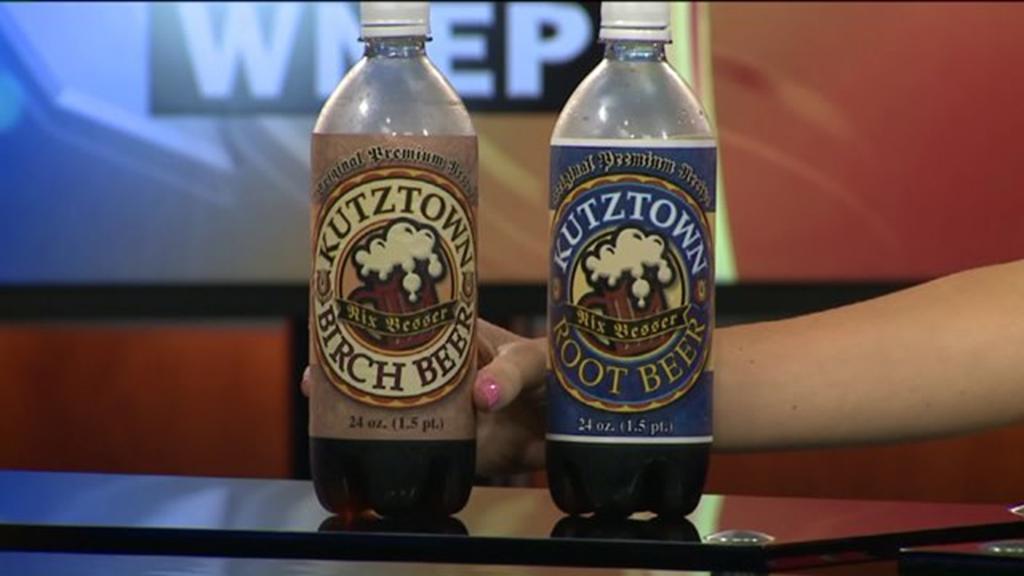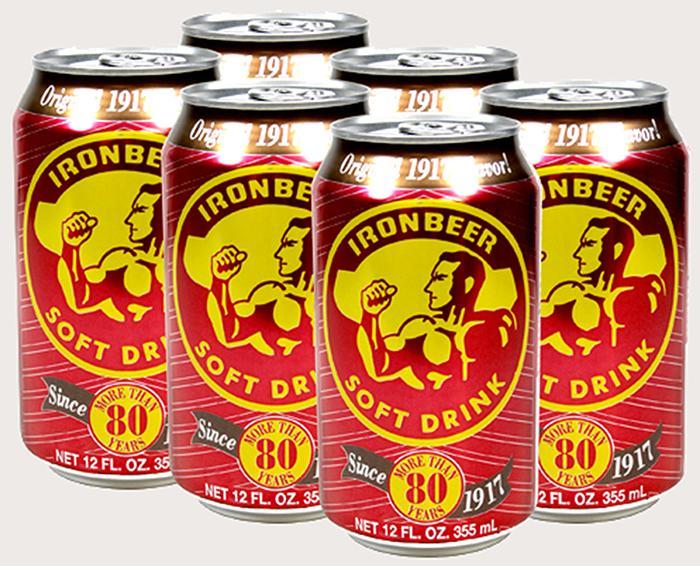When it comes to popular beer choices, Bud Light has been a staple in the American market for decades. But what exactly is Bud Light, and why does it continue to quench the thirst of millions? In this blog post, we’ll dive into understanding what type of beer Bud Light is by exploring its unique brewing process, ingredients, flavor profile as well as how it compares to other light beers in the market.
Key Takeaways
- Bud Light is an American light lager, which falls under the “Lite American macro lager” style.
- It is brewed using a unique blend of premium aroma hop varieties, barley malts, and rice that result in a recognizable light gold color, low bitterness, and high carbonation.
- With 4.2% ABV and just 110 calories per 12 – ounce serving, it is an excellent option for those watching their calorie intake or looking to drink in moderation.
- Bud Light’s taste profile is characterized by its light-bodied and crisp taste with subtle notes of sweetness. It can be paired with various foods such as burgers, pizza or enjoyed solo served at a temperature of 35-40 degrees Fahrenheit(*keyword alert: glassware).
Understanding Beer Categories
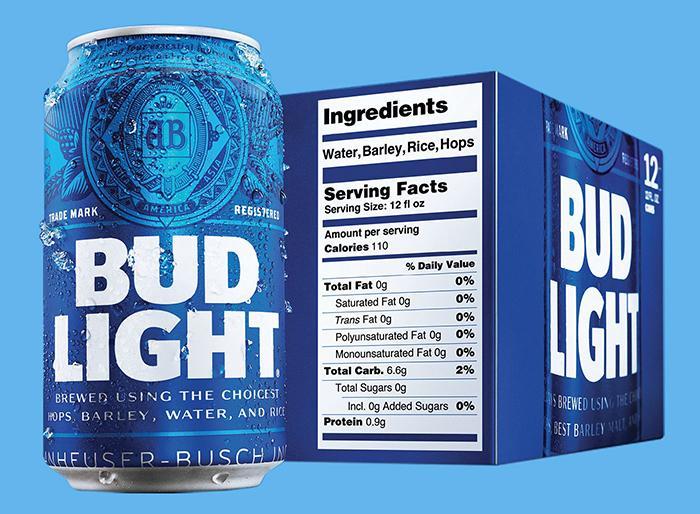
Lagers are a category of beer that is bottom-fermented and typically has a crisp, clean taste, while Ales are top-fermented beers with fruity, spicy flavor profiles. Light vs.
Lager Vs. Ale
Distinguishing between lagers and ales is vital for any beer enthusiast. The primary difference lies in the fermentation process, which involves the type of yeast used and the temperature at which fermentation occurs.
Ales are brewed using top-fermenting yeast strains, fermenting at warmer temperatures that range from 60 to 75°F (15-24°C). This results in a quicker fermentation period, often creating fruity esters and noticeable hop flavors.
On the other hand, lagers utilize bottom-fermenting yeast strains that work well at colder temperatures ranging from 45 to 55°F (7-13°C). This leads to a longer fermentation process, allowing for cleaner, crisper flavor profiles with more emphasis on malt characteristics.
Lager styles typically showcase less fruitiness and lower alcohol content compared to their ale counterparts. Examples of well-known lagers include Budweiser, Coors Light, Corona, and Michelob Ultra – all leading brands within this globally favored beer category.
Light Vs. Regular Beers
In the world of beers, choosing between light and regular options often poses a dilemma for people focused on health or calorie-consciousness. Light beers typically contain fewer carbohydrates and have lower alcohol content compared to their regular counterparts.
For instance, Bud Light is best classified as an American light lager – a sub-category that falls under the broad spectrum of standard beer types. But keep in mind that ‘light’ can refer to various factors such as alcohol, carbs, calories, or taste.
So while Bud Light may have less alcohol and calories than an English-style pale ale (known for its malty and earthy notes), it also has less body when compared to Kolsch-style ale – another example of a lighter-bodied beer variety.
Bud Light: Its Brewing Process And Characteristics
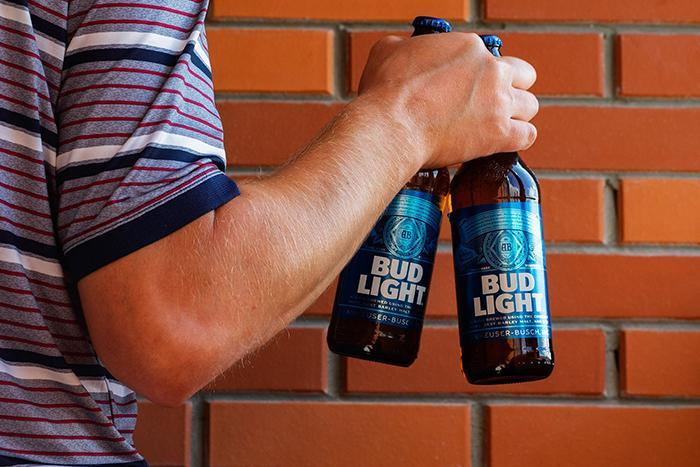
Bud Light is brewed using a unique blend of premium aroma hop varieties, barley malts, and rice resulting in its recognizable light gold color, low bitterness, and high carbonation.
Ingredients And Brewing Process
Read More : How Many Cans Of Beer To Get Drunk Updated 12/2025
The ingredients and brewing process of Bud Light are meticulously monitored to ensure a high-quality, consistent product. The main components that make up this light beer include barley malt, rice, hops, and yeast.
Bud Light’s brewing techniques involve several critical steps that require strict quality control measures. These stages include milling the grains, mashing to extract sugars, boiling with hop additions for bitterness and aroma profile adjustments, cooling down before fermentation occurs using specific yeast strains to consume available sugars producing alcohol content of 4.2%.
To further enhance its taste and appeal, Bud Light brewers use both domestic and imported hops varieties along with a combination of carefully selected malted barley types sourced from around the world.
Flavor Profile, Aroma, And Appearance
Bud Light’s flavor profile is characterized by its light-bodied and crisp taste. The American-variety hops used in the brewing process impart a slight bitterness and provide the beer with a floral aroma, while barley provides a subtle sweetness to balance it out.
Its appearance is clear, pale yellow, and effervescent with a white foamy head that dissipates quickly. Being a light beer, it has fewer calories than regular beers but still maintains its refreshing taste.
Compared to other light lagers like Coors Light or Miller Lite, Bud Light has become one of the most popular choices among beer drinkers due to its uncomplicated yet consistent taste.
Alcohol Content And Calories
Bud Light is an excellent option for those who want to enjoy a beer without consuming too many calories or getting drunk quickly. With a low ABV of 4.2%, Bud Light has fewer calories per can than regular beers, with just 110 calories per 12-ounce serving.
Moreover, light beer has become increasingly popular amongst individuals who wish to drink in moderation but still have the same taste and feel of regular beer.
Comparing Bud Light To Other Light Beers
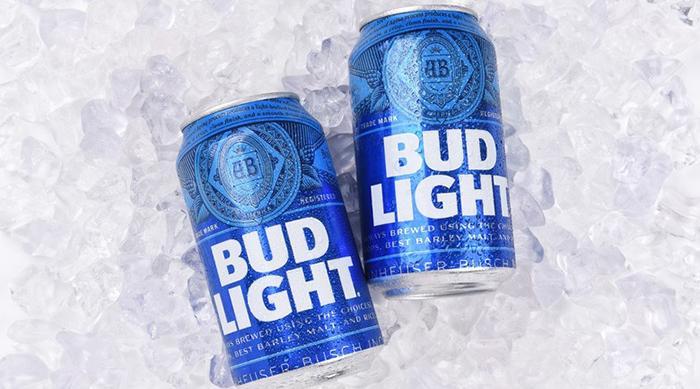
When it comes to light lager beer brands like Michelob Ultra, Coors Light, and Miller Lite, Bud Light holds its own with a unique taste profile that is easy to drink during daytime events.
How Bud Light Compares To Coors Light And Miller Lite
When comparing Bud Light to its competitors Coors Light and Miller Lite, it is important to consider factors such as taste, alcohol content, and nutritional information. The following table presents a comparison of these widely popular light beers.
| Beer | Alcohol Content | Calories per 12 oz. | Carbohydrates | Taste |
|---|---|---|---|---|
| Bud Light | 4.2% | 110 | 6.6g | Crisp and refreshing with subtle malt sweetness and a light hop finish. |
| Coors Light | 4.2% | 102 | 5.0g | Smooth, easy-drinking flavor with a subtle sweetness and a crisp, clean finish. |
| Miller Lite | 4.2% | 96 | 3.2g | Light-bodied with a subtle malt presence and a mild hop character. |
As shown in the table above, Bud Light has a slightly higher calorie count than both Coors Light and Miller Lite, but has more carbohydrates than Miller Lite, making it a crucial choice for those watching their carb intake. In terms of taste, all three beers offer a light and refreshing experience, with subtle differences in flavor profile that cater to individual preferences.
Understanding The “Lite American Macro Lager” Style
Read More : What Does Ibc Stand For In Ibc Root Beer Updated 12/2025
When it comes to describing light beers like Bud Light and Miller Lite, the term “Lite American macro lager” is often used. This refers to a specific style of beer that emerged in America in the mid-20th century.
These beers are typically pale yellow in color and have a mild taste, with low levels of hops and maltiness. They’re known for being easy to drink and refreshing, making them popular choices for casual social occasions or as sports game beverages.
Taste And Popularity
Bud Light has a distinct taste that sets it apart from other light beers. It has a crisp, refreshing flavor with subtle notes of sweetness.
Its popularity is evident in its sales numbers, making it one of the most popular beer brands in America. Bud Light’s taste and marketing tactics have contributed to its success as a go-to option for many beer drinkers who crave an easy-drinking, low-calorie beer.
Serving And Pairing Bud Light
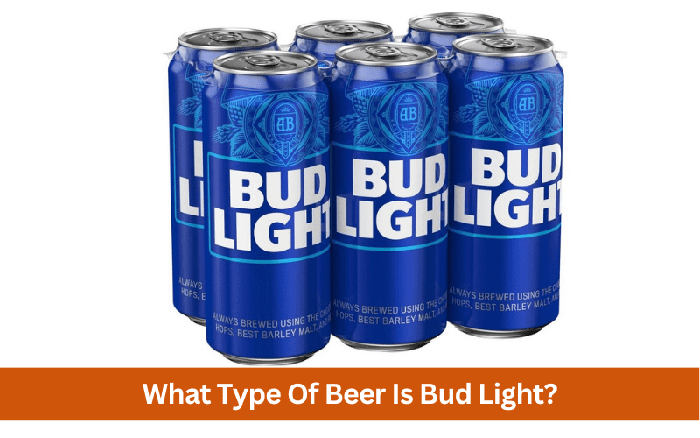
To fully enjoy the taste of Bud Light, it is best to serve it at a temperature of 38-44°F in a pint or tumbler glass and pair it with grilled seafood, burgers, or pizza.
Optimal Serving Temperature And Glassware
Bud Light is best served chilled at a temperature of 35-40 degrees Fahrenheit. The following glassware options have been recommended for serving Bud Light:
- Pilsner Glass – The long, narrow shape of this glass helps retain the beer’s carbonation and accentuate its color and aroma.
- Pint Glass – This traditional glass has a wide mouth that allows drinkers to experience the full flavor and aroma of the beer.
- Other Glassware – Bud Light can also be enjoyed in glasses designed for similar beers, such as Budweiser, Michelob, Michelob Light, and Bud Select.
When serving Bud Light, it is essential to avoid over-chilling the beer, which can result in dulling its flavor and aroma. Additionally, selecting the right glassware enhances the drinking experience by highlighting the beer’s characteristics while allowing drinkers to appreciate its appearance and aroma better.
In conclusion, serving temperature and glassware play an important role in experiencing Bud Light’s clean and crisp taste fully. By following these tips on optimal serving temperatures and glassware selection, you can enjoy your Bud Light to the fullest.
Food Pairing Suggestions
Bud Light is a versatile beer that can be paired with many different types of food. The light carbonation of Bud Light serves as a palate cleanser, making it an excellent choice for pairing with rich, bold flavors. Here are some food pairing suggestions:
- Buffalo Wings – The spicy and savory flavors of buffalo wings pair perfectly with the refreshing taste of Bud Light.
- Pizza – Whether you prefer classic cheese or adventurous toppings, Bud Light pairs well with pizza.
- Steaks – The lightness of Bud Light complements the richness and flavor of steak perfectly.
- Salads – If you’re looking for a healthy option to pair with your beer, try a salad! The crisp and fresh flavors in a salad pair well with the lightness of Bud Light.
- Seafood – When it comes to seafood, lighter beers like Bud Light are the perfect match. Try pairing it with shrimp cocktail or grilled fish for a delicious meal.
- Spicy Foods – If you’re a fan of spicy foods, Bud Light is an excellent choice to help cool down your palate.
Remember, when it comes to pairing beer and food, it’s all about finding complementary flavors and textures. So grab a cold Bud Light and get creative in the kitchen!
Conclusion
In conclusion, Bud Light is an American light lager that has been enjoyed by beer enthusiasts for several years. Its brewing process and unique blend of ingredients give it a distinct flavor profile that makes it stand out among other light beer brands.
Bud Light’s low bitterness and high carbonization make it perfect for daytime drinking or pairing with your favorite meal.
Sources: https://chesbrewco.com
Category: Beer




